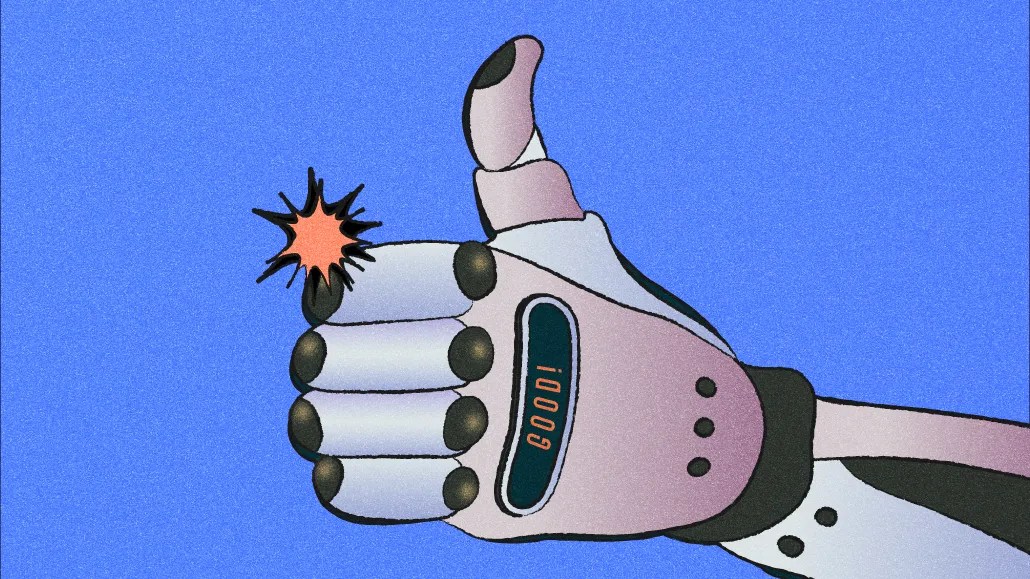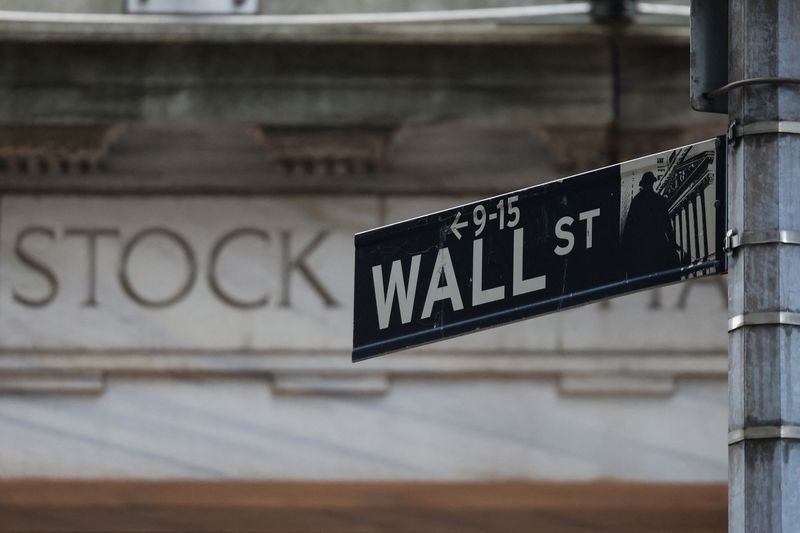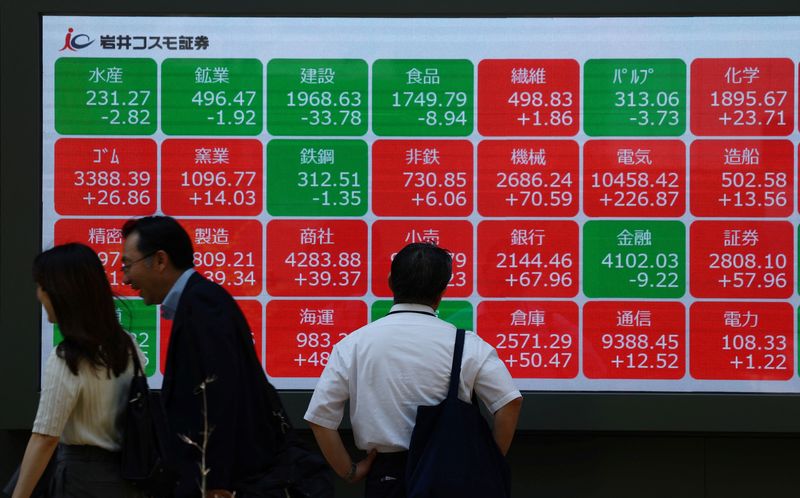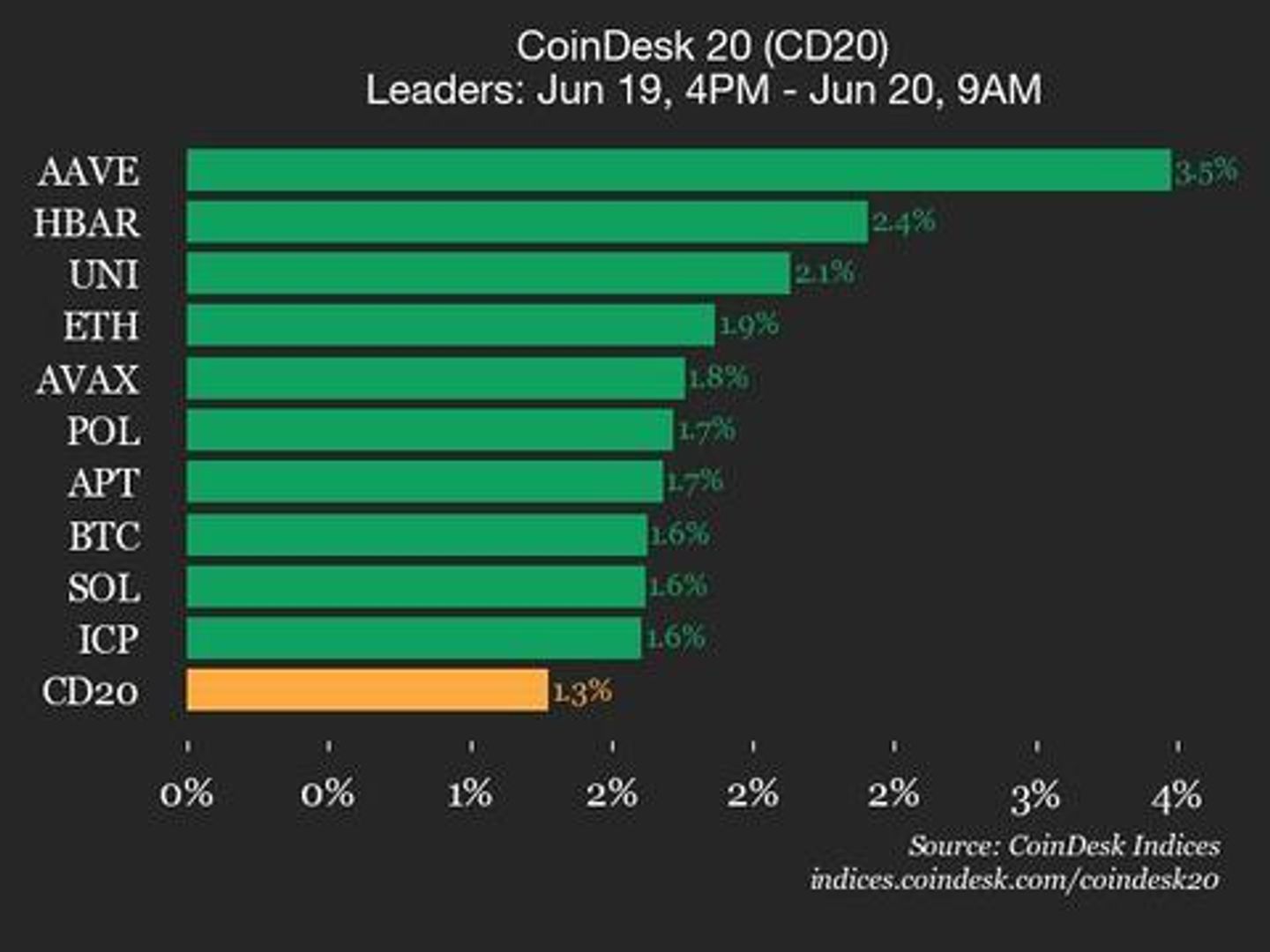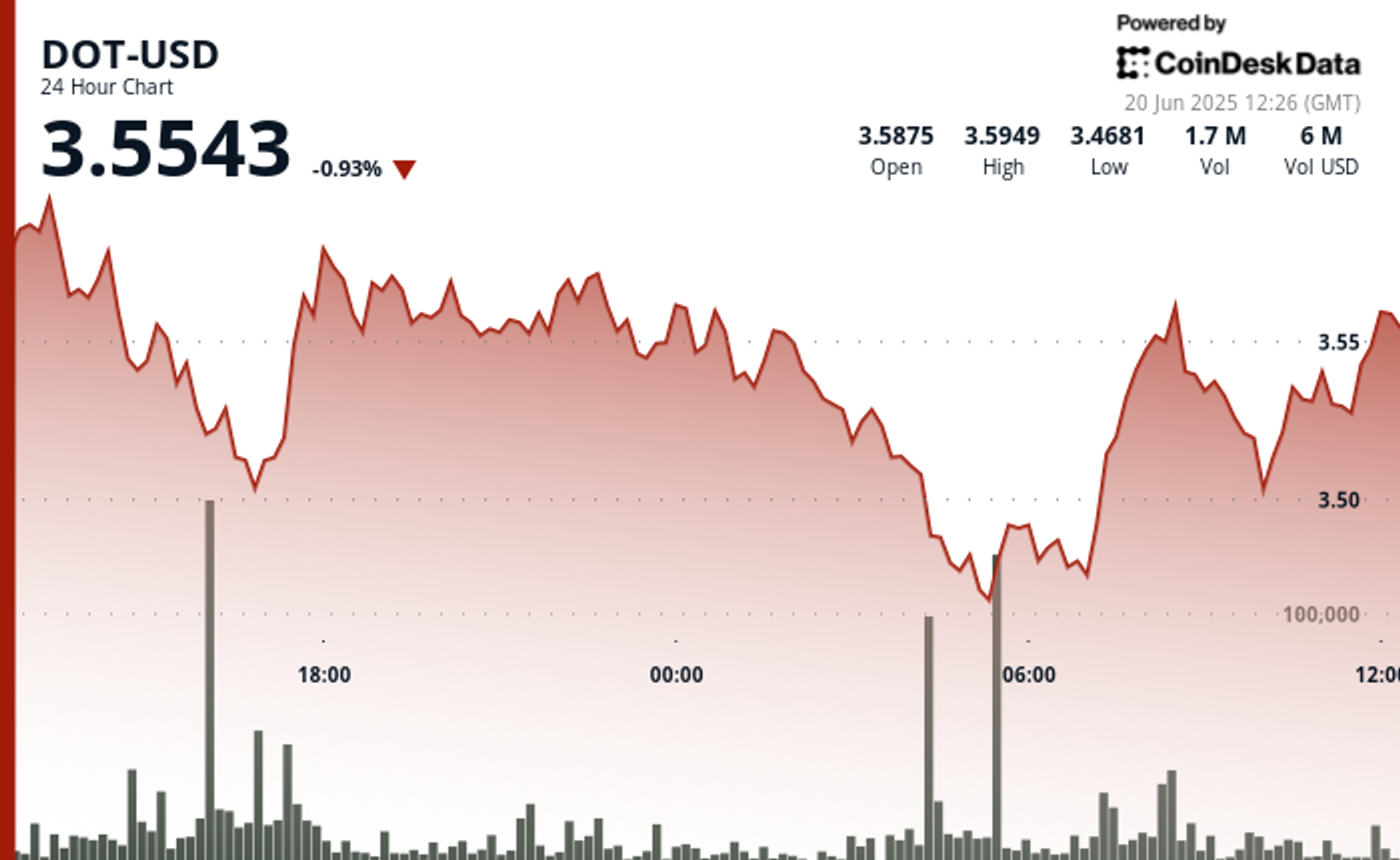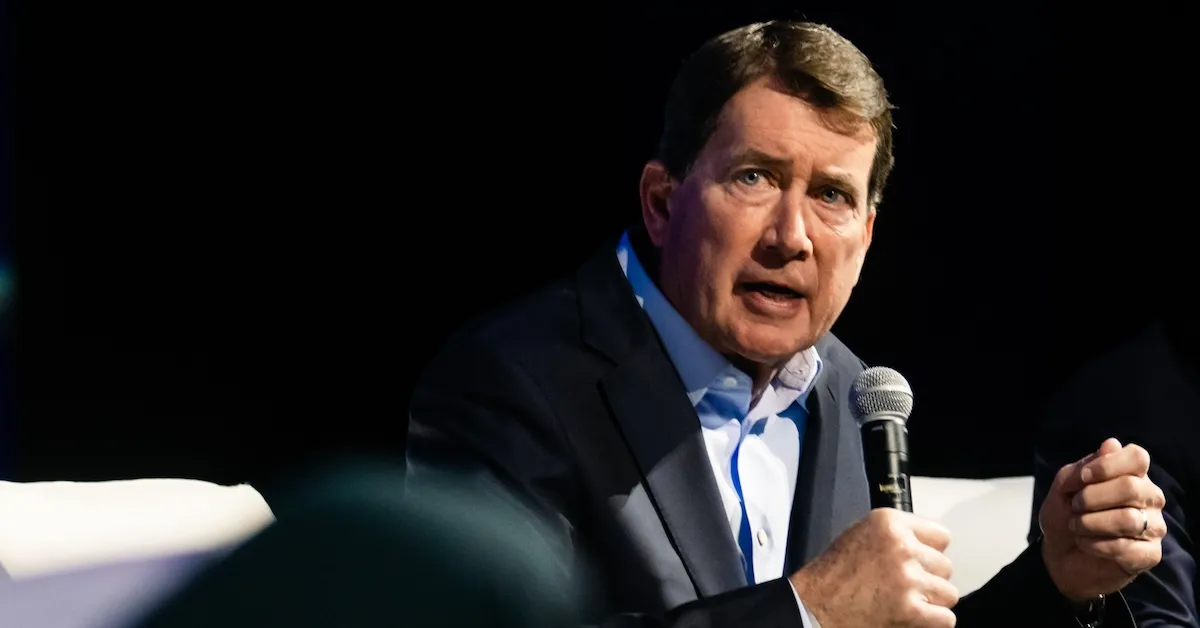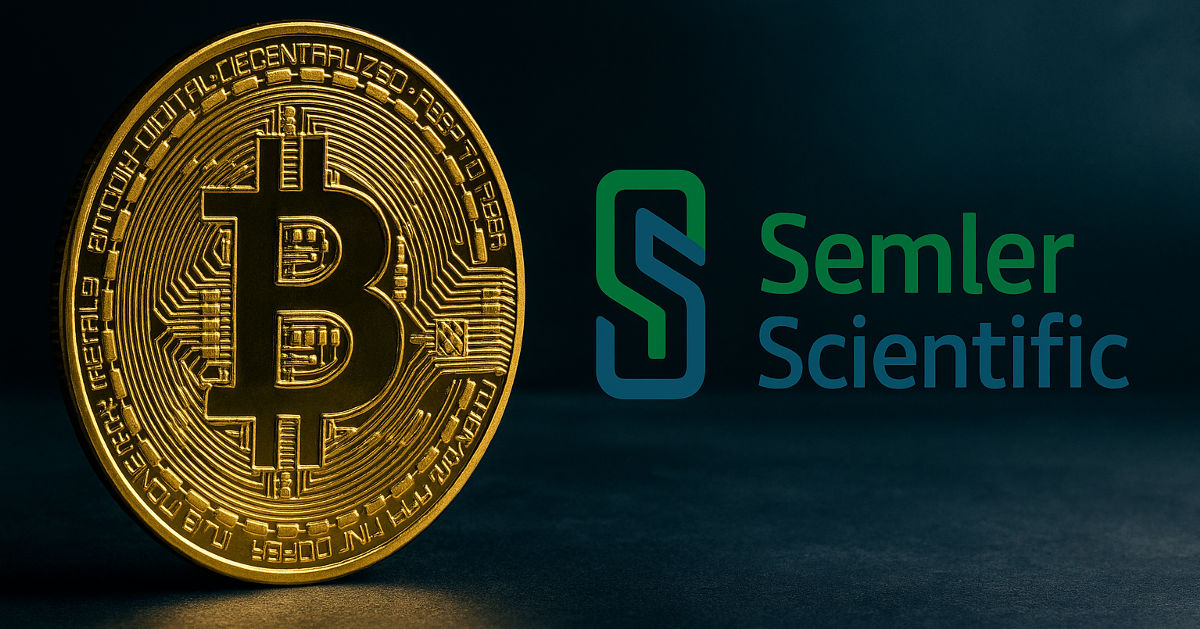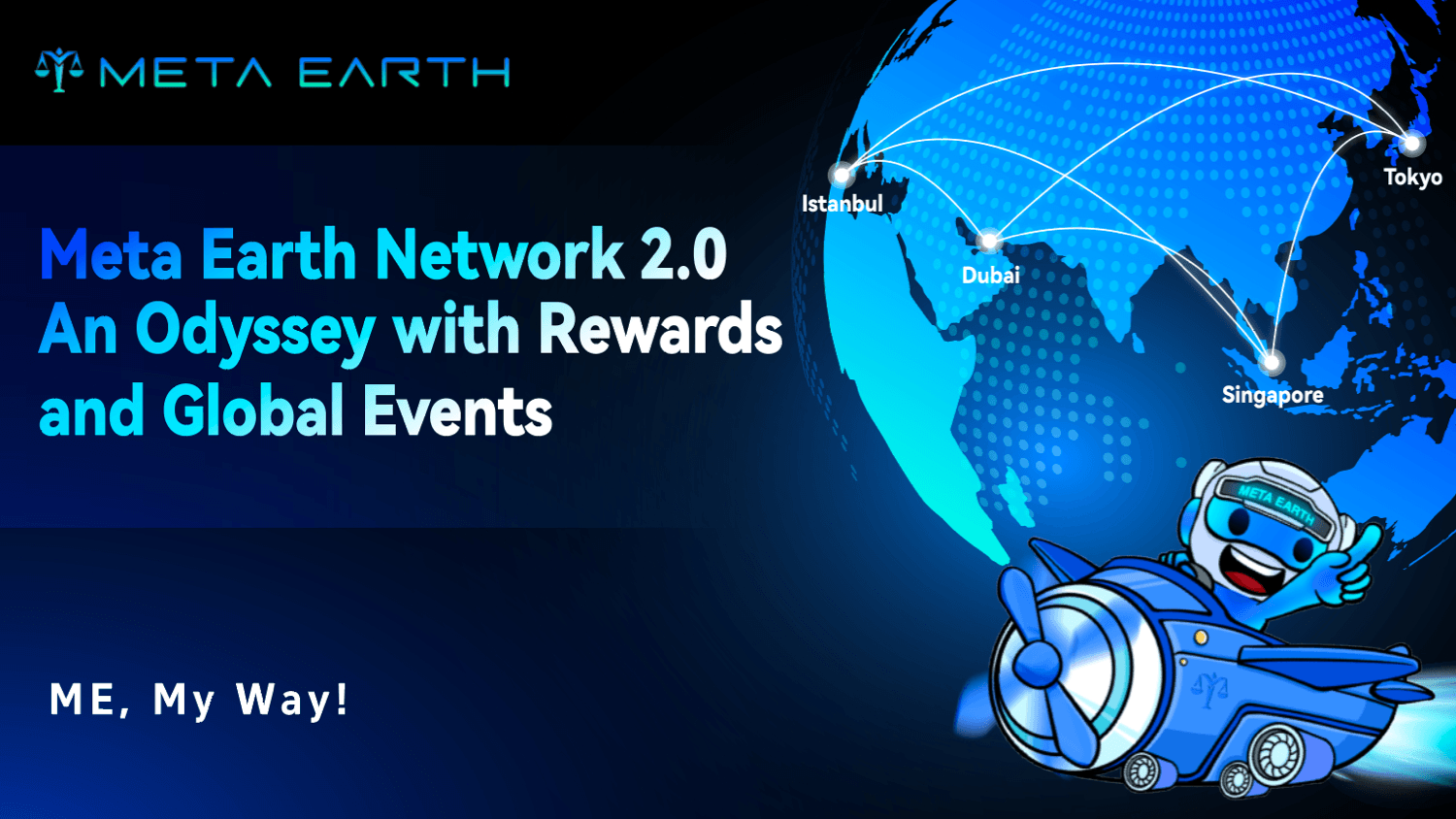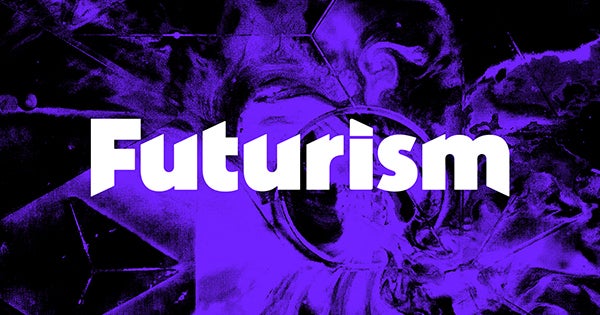Is that brand’s mission for real? Here’s how to spot BS
In today’s marketplace, “authenticity” has become a buzzword that brands strive to embody. Consumers will tell you they are drawn to companies that appear genuine, transparent, and aligned with their personal values, and brands are certainly paying attention. However, the concept of corporate authenticity is complex and often misunderstood. While it seems easy enough to decide whether a person is authentic and honest (which does not imply we are good at it), it is rather more difficult to attempt to judge a corporation on whether it is “true to itself” or “lives up to its values.” Unlike individuals, corporations are open systems with diverse stakeholders, making the pursuit of authenticity a challenging endeavor. The impression or view a collective of individuals may hold on them represents less in the form of a tangible or concrete reality, and more in the form of an urban legend or story. As Yuval Harari notes, corporations are shared myths—“Peugeot is not a car, it is a story.” In line, research shows that we often anthropomorphize brands, attributing human characteristics to them. This tendency is encapsulated in Jennifer Aaker’s seminal work on brand personality, which identifies five dimensions: sincerity (think Patagonia, known for its environmental activism and ethical sourcing), excitement (Red Bull, with its adrenaline-fueled branding and extreme sports sponsorships), competence (Toyota or Microsoft, projecting reliability and expertise), sophistication (Chanel or Rolex, evoking elegance and luxury), and ruggedness (Jeep or Harley-Davidson, built around toughness and adventure). These categories help marketers craft emotionally resonant narratives, but they can also mislead—creating the illusion of consistent, humanlike traits in organizations that are, in reality, anything but unified or coherent. The Pitfalls of Virtue Signaling Indeed, assigning brands personalities also sets them up for moral scrutiny. Once a company claims to be sincere, competent, or sophisticated, it invites consumers to hold it accountable—not just for performance, but for being honest in what it claims, and doing what it says. That’s where things often fall apart. Take the example of punk beer brand BrewDog. In 2022, the company launched an aggressive advertising campaign to distance its beers from the human rights abuses associated with the World Cup, even promising to donate sales of its Lost Lager to fight human rights abuses. But the story became more inconvenient when it emerged the company had a partnership with a distributor in the Gulf, and would continue to show World Cup matches in its pubs. As it turned out, the road from punk rebel to self-serving hypocrite turned out to be rather short. On the other hand, Target’s recent decision to double-down on its commitment to DEI despite the growing list of multinationals (including Meta, McDonald’s, Ford, Walmart, Amazon, Harley-Davidson, and Disney) deemphasizing or halting their existing DEI programs, appeared to trigger a consumer backlash (at least according to its CEO). Then there’s H&M, which promoted a “Conscious Collection” to highlight its commitment to sustainability, only for watchdogs and NGOs to uncover greenwashing practices and ongoing exploitative labor issues in its supply chain. While consumer perceptions of insincerity may not always be fair or reliable (and there will never be a shortage of social media trolls praying on any corporate decision, including the decision to not say or do anything about anything), the fact remains that if you make a claim to be responsible or ethical, it is only a matter of time before consumers start looking under the hood to see whether your actions—and your political spending—are aligned with what your firm says it cares about. In the digital age, where every claim can be fact-checked and memed within minutes, performative values are not just ineffective—they’re often self-handicapping. Is This Brand for Real? A Consumer’s Guide to Authenticity If you’re wondering whether a brand’s values are more than just marketing spin, here are a few practical ways to find out: 1. Is the cause connected to what they actually do?Brands are most credible when they support issues tied to their core business— like a bank promoting financial literacy, or a food company addressing supply chain working conditions. If the cause feels random or like it’s chasing headlines, that’s worth questioning. 2. Is the message matched by meaningful action?Look beyond the ads. Are they investing in real change, or asking you to do all the work? If a brand promotes sustainability but spends more on ads than action—or emphasizes consumer behavior over their own—it might be more about optics than impact. 3. Are there big gaps between claims and criticism?Compare what a brand says with how it’s covered in the press or watchdog reports. If they’re celebrating progress on diversity or climate, but facing lawsuits or fines i
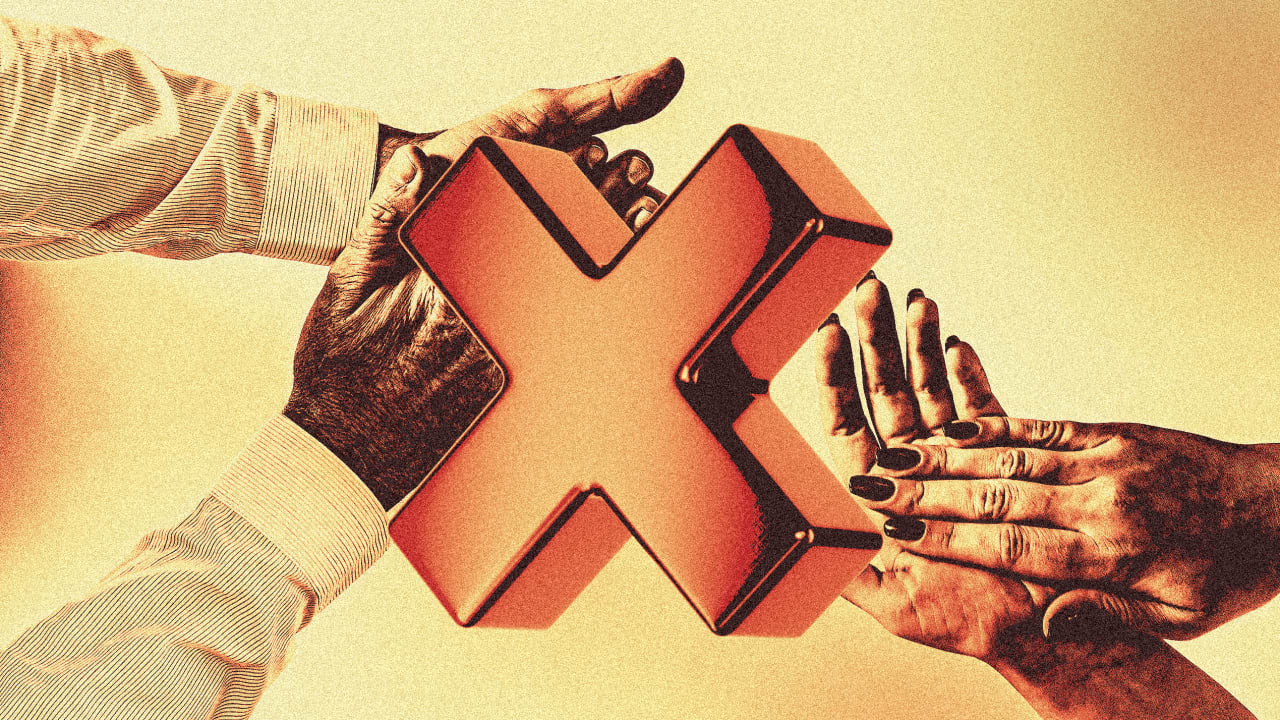
In today’s marketplace, “authenticity” has become a buzzword that brands strive to embody. Consumers will tell you they are drawn to companies that appear genuine, transparent, and aligned with their personal values, and brands are certainly paying attention.
However, the concept of corporate authenticity is complex and often misunderstood. While it seems easy enough to decide whether a person is authentic and honest (which does not imply we are good at it), it is rather more difficult to attempt to judge a corporation on whether it is “true to itself” or “lives up to its values.” Unlike individuals, corporations are open systems with diverse stakeholders, making the pursuit of authenticity a challenging endeavor. The impression or view a collective of individuals may hold on them represents less in the form of a tangible or concrete reality, and more in the form of an urban legend or story. As Yuval Harari notes, corporations are shared myths—“Peugeot is not a car, it is a story.”
In line, research shows that we often anthropomorphize brands, attributing human characteristics to them. This tendency is encapsulated in Jennifer Aaker’s seminal work on brand personality, which identifies five dimensions: sincerity (think Patagonia, known for its environmental activism and ethical sourcing), excitement (Red Bull, with its adrenaline-fueled branding and extreme sports sponsorships), competence (Toyota or Microsoft, projecting reliability and expertise), sophistication (Chanel or Rolex, evoking elegance and luxury), and ruggedness (Jeep or Harley-Davidson, built around toughness and adventure). These categories help marketers craft emotionally resonant narratives, but they can also mislead—creating the illusion of consistent, humanlike traits in organizations that are, in reality, anything but unified or coherent.
The Pitfalls of Virtue Signaling
Indeed, assigning brands personalities also sets them up for moral scrutiny. Once a company claims to be sincere, competent, or sophisticated, it invites consumers to hold it accountable—not just for performance, but for being honest in what it claims, and doing what it says. That’s where things often fall apart. Take the example of punk beer brand BrewDog. In 2022, the company launched an aggressive advertising campaign to distance its beers from the human rights abuses associated with the World Cup, even promising to donate sales of its Lost Lager to fight human rights abuses. But the story became more inconvenient when it emerged the company had a partnership with a distributor in the Gulf, and would continue to show World Cup matches in its pubs. As it turned out, the road from punk rebel to self-serving hypocrite turned out to be rather short.
On the other hand, Target’s recent decision to double-down on its commitment to DEI despite the growing list of multinationals (including Meta, McDonald’s, Ford, Walmart, Amazon, Harley-Davidson, and Disney) deemphasizing or halting their existing DEI programs, appeared to trigger a consumer backlash (at least according to its CEO). Then there’s H&M, which promoted a “Conscious Collection” to highlight its commitment to sustainability, only for watchdogs and NGOs to uncover greenwashing practices and ongoing exploitative labor issues in its supply chain.
While consumer perceptions of insincerity may not always be fair or reliable (and there will never be a shortage of social media trolls praying on any corporate decision, including the decision to not say or do anything about anything), the fact remains that if you make a claim to be responsible or ethical, it is only a matter of time before consumers start looking under the hood to see whether your actions—and your political spending—are aligned with what your firm says it cares about. In the digital age, where every claim can be fact-checked and memed within minutes, performative values are not just ineffective—they’re often self-handicapping.
Is This Brand for Real? A Consumer’s Guide to Authenticity
If you’re wondering whether a brand’s values are more than just marketing spin, here are a few practical ways to find out:
1. Is the cause connected to what they actually do?
Brands are most credible when they support issues tied to their core business— like a bank promoting financial literacy, or a food company addressing supply chain working conditions. If the cause feels random or like it’s chasing headlines, that’s worth questioning.
2. Is the message matched by meaningful action?
Look beyond the ads. Are they investing in real change, or asking you to do all the work? If a brand promotes sustainability but spends more on ads than action—or emphasizes consumer behavior over their own—it might be more about optics than impact.
3. Are there big gaps between claims and criticism?
Compare what a brand says with how it’s covered in the press or watchdog reports. If they’re celebrating progress on diversity or climate, but facing lawsuits or fines in the same areas, that’s a red flag. No brand is perfect, but consistency matters.
4. Who owns the topic inside the company?
Real commitment goes beyond marketing. If sustainability or DEI is led by senior leadership and tied to company performance, that suggests seriousness. If it’s buried under PR, it may be more about image than impact.
5. Are they transparent about what’s not working?
No company gets it right all the time. But the best ones admit mistakes, revise targets, and explain why. Honesty is often more powerful than perfection—and it’s a key sign that the values are real, not just rehearsed.
6. Do they walk the talk politically?
Some brands say one thing in public and back different things behind closed doors. If you care, tools like OpenSecrets.org let you see whether a company’s donations and lobbying match their stated values.
The Role of Leadership
Brand authenticity must be cultivated from the top down. Leaders set the tone for organizational culture and values. When executives embody the principles they espouse, it reinforces authenticity throughout the organization. Conversely, a disconnect between leadership behavior and corporate messaging can undermine credibility.
That said, we should also acknowledge a sobering truth: we will never truly know whether a leader is “authentic” in the sense of being true to their internal values. Self-knowledge is hard enough for individuals—let alone for those interpreting others from a distance. But, as one of us (Tomas) argues in a forthcoming book, Don’t Be Yourself: Why Authenticity is Overrated and What to Do Instead, that kind of inner authenticity may not be what matters most anyway. What matters is whether leadership behavior—regardless of motive—results in positive, prosocial outcomes. Are decisions advancing the well-being of employees, customers, society, or the environment? If so, perhaps we shouldn’t care whether the driver is conscience or capitalism.
To put it bluntly: we don’t need leaders to be saints—we need them to behave decently, even if they’re doing it to protect the brand, preserve investor confidence, or attract talent. In fact, many of the best corporate decisions are made precisely because they’re strategically ethical—not because the CEO had a moral epiphany during their morning meditation.
Sure, there are rare and admirable cases where executives have chosen the harder, more ethical path even when it hurts profits (Target, as mentioned above)—pulling out of exploitative markets, paying fair wages despite pressure to cut costs, or refusing to greenwash in favor of slower, more meaningful change. But those leaders are exceptions. We should appreciate them, not expect them as standard.
Disregard of decency
Still, even in a world where profit is king, some companies stand out not for their lack of idealism, but for their flagrant disregard of decency. These are the firms that exploit labor, abuse data privacy, pollute freely, or thrive on addictive products—not incidentally, but as a matter of business model. Whether or not their leaders are being “true to themselves” is beside the point. What matters is that they’re consistently making the world worse—authentically or otherwise.
In this light, corporate authenticity should be judged not by introspection but by impact. Not by consistency with internal values (which are often opaque), but by observable behaviors, externalities, and the lived experiences of stakeholders. Or to put it differently: if your “authentic self” is toxic, exploitative, or unethical— we’d rather you fake it.
And here’s the punchline. The most responsible organizations today are often the ones that don’t fetishize authenticity, but instead institutionalize accountability. They build feedback loops, audit their culture, measure ethical risks, and reward good behavior even when it’s not performative. In other words, they focus less on being “real” and more on doing right—whatever the motive may be.
Pretend Responsibly: Why Corporate Authenticity Is About Impact, Not Essence
Kurt Vonnegut famously noted that “We are what we pretend to be, so we must be careful what we pretend to be.” The same warning applies to companies. In today’s hyper-transparent, hyper-skeptical world, brands are in a constant state of performance—telling stories, signaling values, curating identities. But here’s the rub: those performances shape reality. The way a company chooses to present itself—sincere or performative, strategic or self-expressive—will influence how it treats people, how it allocates resources, and how it responds when the spotlight moves on.
So yes, corporations must be careful what they pretend to be. Because the story becomes the strategy. The persona becomes policy. And even if the motive is opportunistic, the consequences are real. Corporate authenticity is not about soul-searching or storytelling—it’s about alignment and accountability. If a company’s public commitments match its operational decisions, if it treats people decently even when no one’s watching, if it chooses to mitigate harm instead of maximizing plausible deniability—then it’s doing something right, regardless of how “authentic” it feels. To be sure, it is preferable to do the right thing for the wrong reasons than the wrong thing for the right reasons!
In short: don’t ask whether a company is “being itself.” Ask what kind of self it’s choosing to perform—and whether that performance is making anyone’s life better. In the end, the best brands aren’t the ones that feel most authentic. They’re the ones that behave responsibly, or at least manage to mitigate, if not avoid, bad behaviors relative to others.

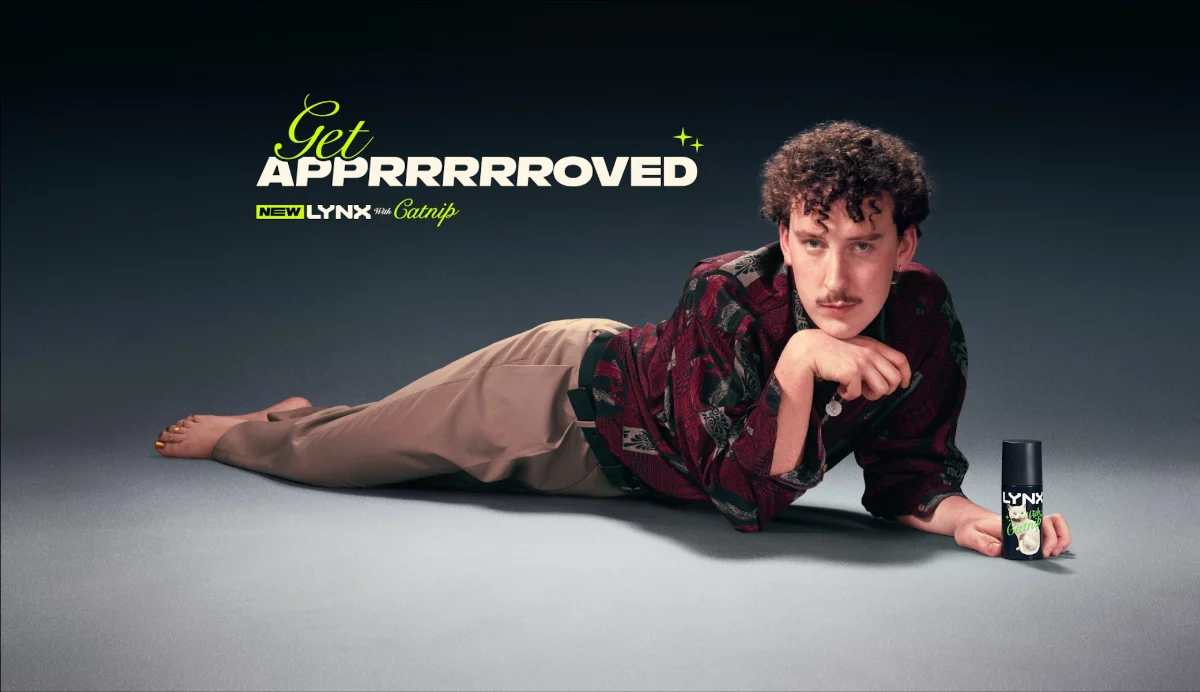


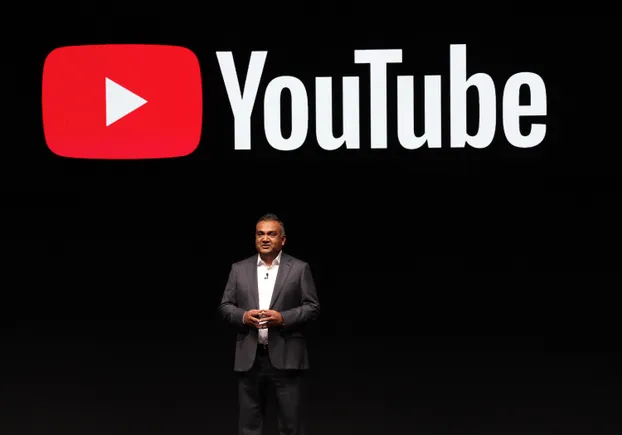
![The Largest Communities on Reddit [Infographic]](https://imgproxy.divecdn.com/vfTS-YsC_ZrqM6F4tAXJgV6qj3gCHSsf2dvHufDbrrQ/g:ce/rs:fit:770:435/Z3M6Ly9kaXZlc2l0ZS1zdG9yYWdlL2RpdmVpbWFnZS9sYXJnZXN0X3JlZGRpdF9jb21tdW5pdGllczIucG5n.webp)


